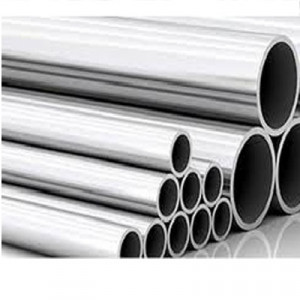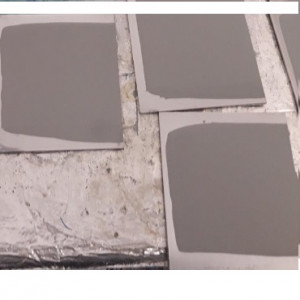| Atlas protective Coating |


| Registration Date | 21 Jan 2021 |
| Revision Date | 21 Jan 2021 |
| Share |
Others Other products
Galvanized coatingIn order to evaluate the effect of adding a nanometer component on improving the corrosion resistance of the cold galvanized coating, the salt spray test according to ASTM B117 standard was used for 2000 hours. The results showed that in the sample containing the nanometer component, the blister had a much lower density and smaller dimensions compared to the control sample. Also, the amplitude of rust was less than 0.1% for the sample containing the nanometer component and about 15% for the control sample, which meets the criteria of 8-G and 3-G, respectively. The presence of nanomaterials improves the adhesion of the coating to the steel substrate and also increases the ability to apply paint on the final surface of the product and increases the corrosion resistance.
Steel is used as the most significant industrial alloy in various applications such as automotive, industrial machinery, rail transport, roads and buildings, and shipbuilding in different forms such as sheets, pipes, and rods. It is important to protect steel from destructive environmental factors such as humidity, corrosive materials, and the atmosphere. For this purpose, various methods such as cathodic protection, or coating the steel surface using paint are used. Galvanization, as a common method of cathodic protection of steel, is based on galvanic corrosion, in which the steel surface is covered by a layer of a metal with a greater tendency to corrosion (with a more negative corrosion potential in the galvanic series), such as zinc (Zn). In this case, the surface coating is corroded against environmental factors, and the underlying layer, which is steel, is protected. Galvanization is one of the cost-effective methods in reducing corrosion of steel structures, and the corrosion resistance of this method depends on the thickness of the applied coating. The Galvanization method is done both hot and cold. In the method of producing a cold galvanized sheet by surface electrolysis of zinc salts in an aqueous solution, a surface coating is applied. To improve the performance of galvanic coating against highly corrosive environments, as well as the possibility of applying a thinner coating that reduces production costs, nanometer materials such as nanoparticles or nanofibers can be used in the coating structure. The presence of nanomaterials improves the adhesion of the coating to the steel substrate and also increases the ability to apply paint on the final surface of the product and increases the corrosion resistance.